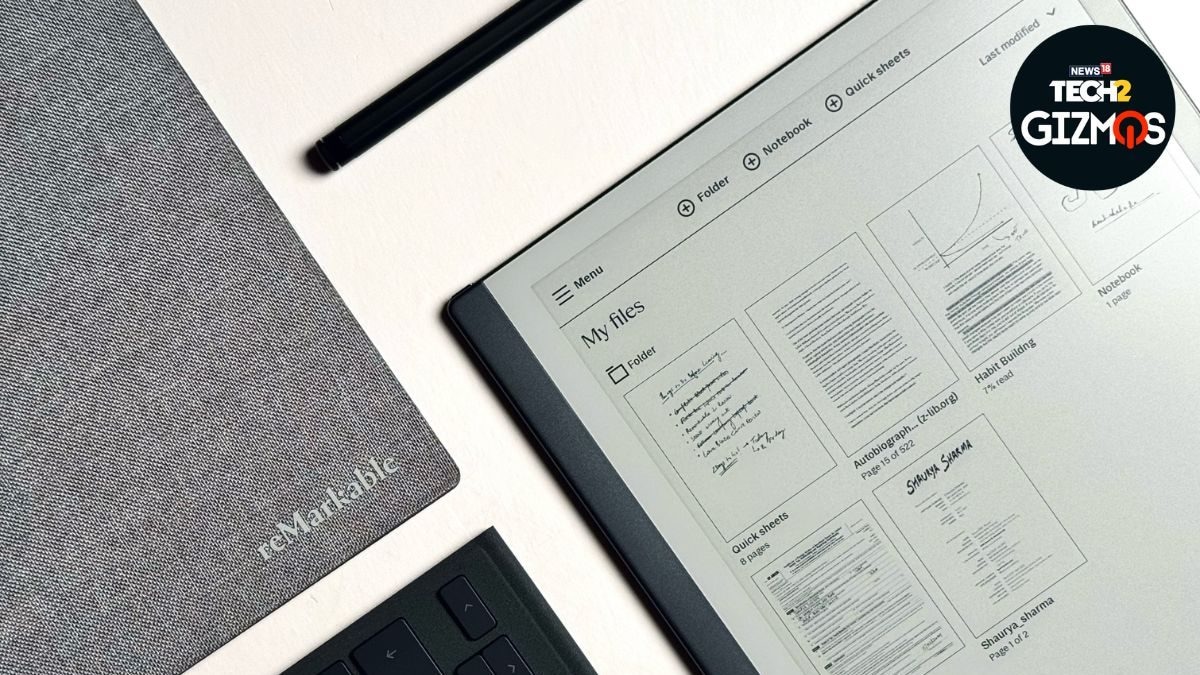dimensional accuracy in printed board assembly
Dimensional accuracy is crucial in printed board assembly (PBA) to ensure that the finished PCBs meet design specifications, fit properly within electronic devices, and function reliably in their intended applications. Achieving dimensional accuracy requires careful attention to detail throughout the design, fabrication, and assembly processes, as well as adherence to industry standards and quality assurance measures.
One of the key factors in ensuring dimensional accuracy in printed board assembly is precise design planning. Designers use specialized software tools to create PCB layouts with accurate component placements, precise trace geometries, and proper spacing between components and board edges. By adhering to design guidelines and tolerances, designers can minimize errors and deviations in PCB dimensions, ensuring that the finished boards meet the specified dimensional requirements.
Moreover, selecting high-quality substrate materials and maintaining tight tolerances during the fabrication process are essential for achieving dimensional accuracy in PBA. Substrate materials such as fiberglass-reinforced epoxy laminate (FR-4) or polyimide offer excellent dimensional stability and mechanical strength, ensuring that the PCB retains its shape and dimensions during fabrication and assembly. Advanced fabrication techniques, including precise etching, drilling, and imaging processes, help ensure uniformity and consistency in PCB dimensions across production runs.

How do you ensure dimensional accuracy in printed board assembly?
During the assembly process, manufacturers must take steps to minimize dimensional variations caused by component placement, soldering, and mechanical stress. Automated assembly equipment, such as pick-and-place machines and soldering robots, helps ensure accurate component placement and soldering, reducing the risk of errors and inconsistencies that could affect dimensional accuracy. Additionally, careful handling and proper alignment of components during assembly help minimize mechanical stress and ensure that components are positioned correctly relative to the PCB.
Furthermore, quality control measures, such as visual inspection, automated optical inspection (AOI), and in-circuit testing (ICT), are essential for verifying dimensional accuracy in PBA. Inspection processes are conducted at various stages of production to identify any deviations from the specified dimensional requirements and address them promptly. By implementing rigorous quality control measures, manufacturers can ensure that the finished PCB assemblies meet the highest standards of dimensional accuracy and reliability.
In addition to internal quality control measures, manufacturers may also enlist the services of third-party certification organizations to verify dimensional accuracy and compliance with industry standards. Third-party certification provides independent validation of PCB dimensions and ensures that the finished assemblies meet customer expectations and regulatory requirements. By obtaining certification from recognized organizations, manufacturers can demonstrate their commitment to quality and reliability in PBA.
Furthermore, ongoing process optimization and continuous improvement initiatives are essential for maintaining dimensional accuracy in PBA over time. Manufacturers must regularly evaluate and refine their design, fabrication, and assembly processes to identify areas for improvement and implement corrective actions as needed. By investing in process optimization, training, and technology upgrades, manufacturers can enhance dimensional accuracy, reduce production costs, and improve overall product quality and customer satisfaction.
In conclusion, achieving dimensional accuracy in printed board assembly requires meticulous attention to detail, precise design planning, tight tolerances during fabrication, accurate component placement and soldering during assembly, rigorous quality control measures, and ongoing process optimization. By adhering to industry standards, leveraging advanced manufacturing techniques, and investing in quality assurance measures, manufacturers can produce PCB assemblies that meet the highest standards of dimensional accuracy, reliability, and performance in diverse electronic applications.



